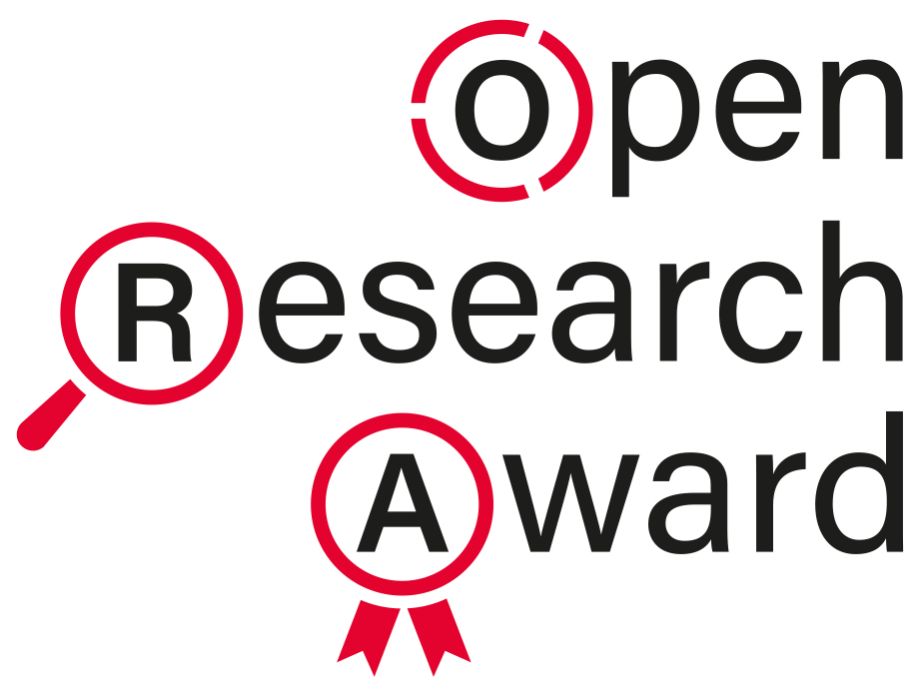Open access Google earth-like maps of Islet of Langerhans during Type 1 diabetes

Atlases are typical reference books for use by many. We created an online repository of nanometer-scale Atlases of Islets of Langerhans during type 1 diabetes, thereby turning a refrigerated biobank into a database.
The key technique applied in the study is electron microscopy (EM), a powerful tool to examine structural details inside cells and tissues at nanometer resolution, called the ultrastructure. Ultrastructural alterations provide valuable insights in disease pathogenesis mechanisms. Classical transmission EM at nanometer resolution is limited to small fields of view of just a few micrometers leaving out any cellular or tissue context. Moreover, single images are typically recorded manually by the microscope operator which is both very labor intensive, leading to limited quantitative power, and selection of areas is very bias prone. Therefore, our lab has setup a pipeline for semi-automated large-scale EM to record tissue areas of up to square millimeters with the aforementioned nanometer details resulting in Google earth-like zoomable maps called nanotomy for nano-anatomy (1). These maps are exported as an html file in order to make them open access available upon publication in our database, which contains over 200 datasets divided over multiple projects.
For the study of type 1 diabetes we setup a nanotomy repository in collaboration with the network of Pancreatic Organ Donors (nPOD), University of Florida, which contains maps of pancreatic donor tissue, where insulin producing cells reside that are damaged during type 1 diabetes (www.nanotomy.org/OA/nPOD (1). The repository was published May 2020 in Nature Communications and contains nanotomy maps of over 50 donors which is currently the largest database of open access human EM data and is still expanding with the inclusion of more donors. Aside from our own initial datamining, EM data have high and complex information density making it highly relevant for re-examination by others. Indeed, the repository is currently reused by multiple researchers worldwide, each with their own angle of interest.
Although we initiated reuse of data via www.nanotomy.org, polishing of FAIR (Findability, Accessibility, Interoperability, and Reuse) data handling is still required. In collaboration with bioinformaticians with a track-record in genomic data handling, we will build on best practices and standards for scientific data management from EU infrastructures. All software will be made available as open source as part of the long-lived MOLGENIS, in which we now are adding metadata fields for microscopy. The MOLGENIS system will also provide the basis for the visualization and access having suitable FAIR programmatic interfaces to promote international integration and reuse of the projects data. The type 1 diabetes nanotomy repository will be used as a pilot for integration via MOLGENIS into the Image Data Resource (IDR).
The complexity of EM data requires pre-existing knowledge and is often a burden for novel users to implement it in their own projects. Therefore, our next goal is to create an open access large-scale EM reference database including virtual all human tissue types similar to existing biomedical reference databases such as genomics, proteomics, structural biology etc. Implementation of optimized FAIR principles should make this Google-man database perfectly accessible for many researchers worldwide.
References and further information
(1) de Boer P, Pirozzi NM, Wolters AHG, Kuipers J, Kusmartseva I, Atkinson MA, et al. Large-scale electron microscopy database for human type 1 diabetes. Nat Commun. 2020 May 18;11(1):2475,020-16287-5.
About the author



